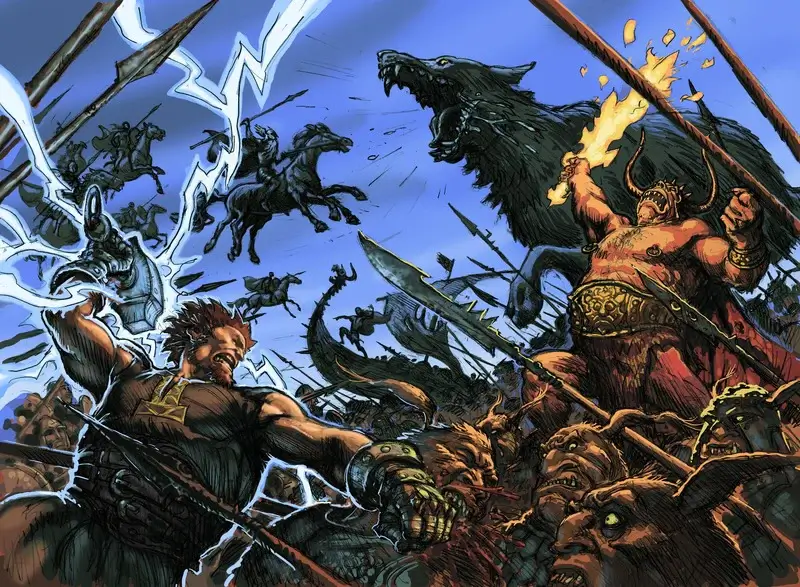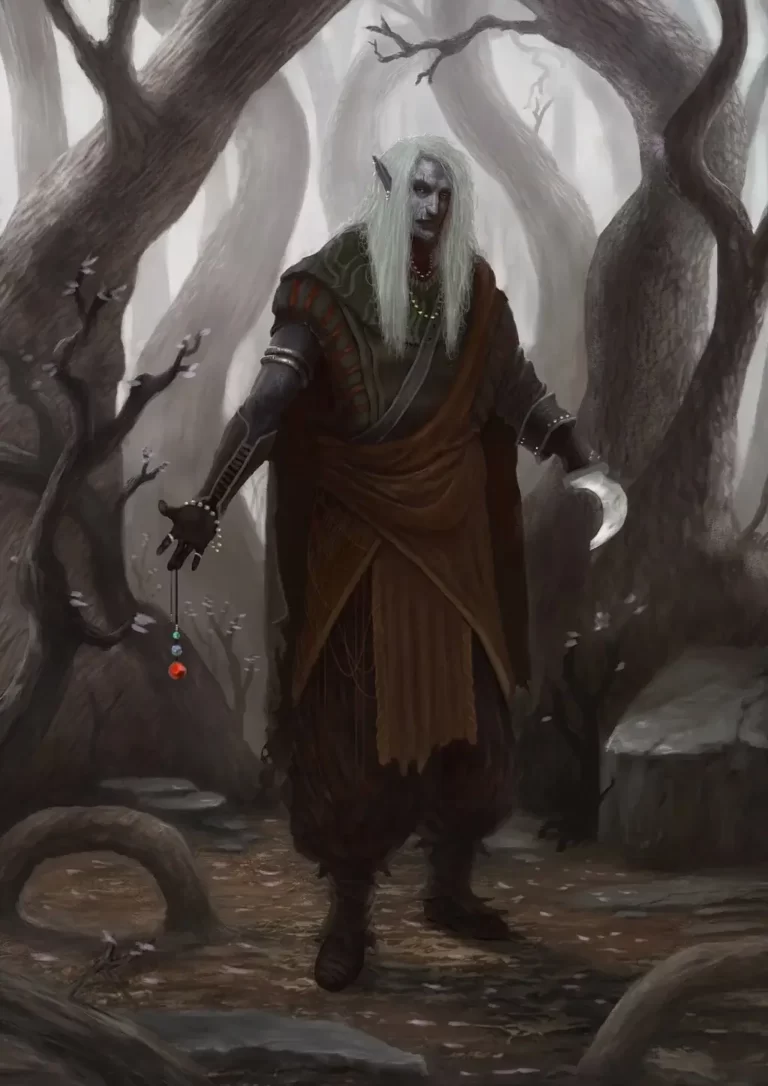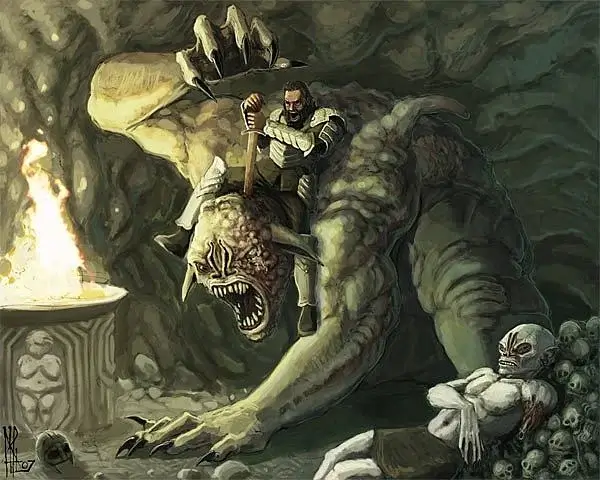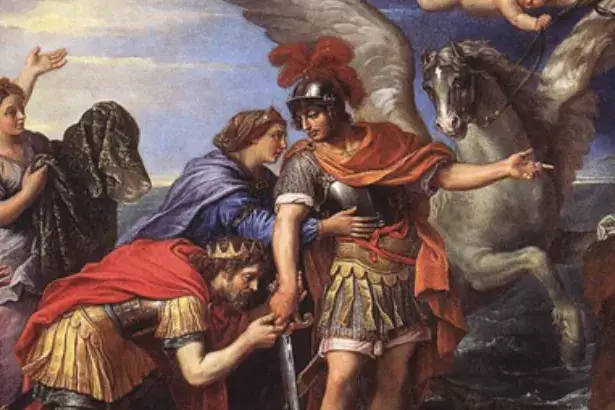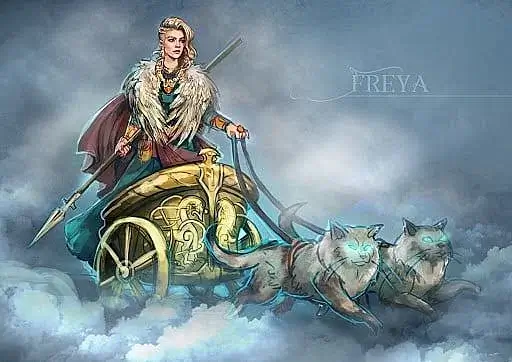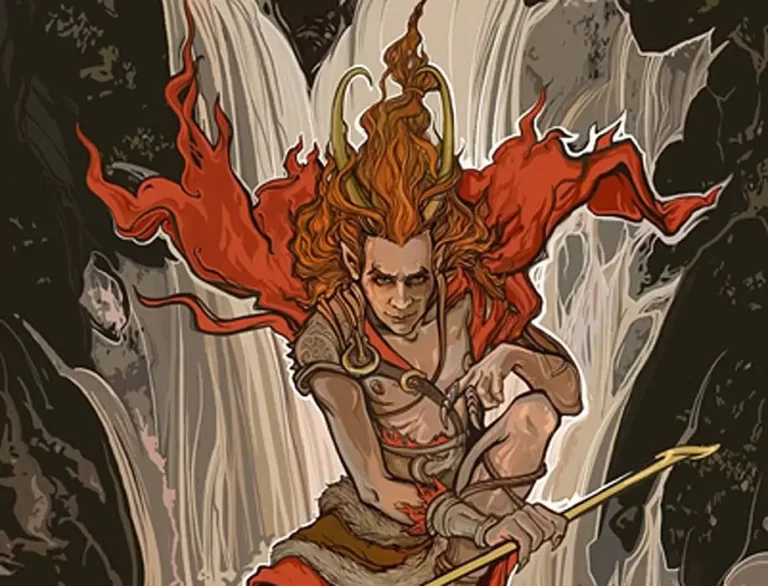Norse mythology: the story of Ragnarok
Norse mythology is a collection of stories about the gods and goddesses of the Norse people. Ragnarok is one of these stories, and it tells the tale of the end of the world. In this story, the gods and goddesses battle each other until only two remain: Odin and Thor. These two then face off against each other, and in the end, both are killed. This story shows how even the mightiest can fall, and how nothing lasts forever. Ragnarok is a great story that teaches us a lot about Norse mythology. It also helps us understand why some things happened in the past, and how some things are going to happen in the future. The more we know about this story, the better off we will be. The story of Ragnarok starts with an evil man named Loki. Loki was a troublemaker and was always causing problems for the other gods. Loki wasn’t content to just live in peace but instead wanted to get revenge on the gods that he hated.
History: Where did the story of Ragnarok originate?
Norse mythology is a fascinating topic and one that has captured the imaginations of people for centuries. The story of Ragnarok is one of the most well-known and popular tales in Norse mythology, and it has been retold many times over. But where did the story originate?
The story of Ragnarok is thought to have originated from an ancient Nordic poem called the Völuspá. The poem tells the story of the end of the world, and it is full of references to Norse gods and goddesses. It is believed that the Völuspá was written down in the 13th century, but the poem may be much older than that.
There are many different versions of the story of Ragnarok, but they all share some common elements. end of the world begins with a great winter that lasts for three years. The winter is cold and dark, and the Sun does not shine. is causes the crops to fail, and there is famine among both humans and animals people of Midgard suffer, and those who live in Valhalla (the hall where the bravest and most noble warriors go when they die) and Niflheim (the land of the dead) are well fed. during the winter, a wolf named Fenrir devours the Sun. during the winter, a wolf named Fenrir devours the Sun. The stars disappear from the sky, and the Earth sinks into darkness. During this time, a great battle takes place between the gods and their enemies. During this time, a great battle takes place between the gods and their enemies. during this war, the Midgard Serpent will break free from its prison and destroy the Earth. Only two humans will survive Lif and Lifthrasir.
The Gods: Who Are They and What Do They Do?
Norse mythology is full of gods, goddesses, and other Deities. These deities inhabit the nine realms of the cosmos and interact with each other and with mortals. The gods are often in conflict with each other, and their struggles sometimes result in great disasters for the world.
The best-known gods are probably Odin, Thor, and Loki. Odin is the king of the gods and the ruler of Asgard, the realm of the Aesir. Thor is the god of thunder and protector of Midgard, the realm of humans. Loki is a trickster god who causes mischief wherever he goes.
Other notable Norse gods include Freyja, goddess of love and fertility; Freyr, god of sun and rain; Heimdall, guardian of Asgard; and Tyr, god of war.
The gods: Who are the main characters?
Norse mythology is a collection of stories about the gods of Scandinavia. The three main gods are Odin, Thor, and Loki. They are often depicted as fighting against each other, but they are also allies at times. Ragnarok is the story of their final battle, which results in the death of most of the gods.
The giants: who they are and what they want
Norse mythology tells the story of Ragnarok, a great battle that will end the world as we know it. The giants are a big part of that story, and they play a major role in the destruction that takes place.
So who are the giants, and what do they want? In Norse mythology, the giants are huge, powerful beings who live in Jotunheim, one of the nine realms of the cosmos. They’re often at war with the gods, and their ultimate goal is to destroy Asgard, the home of the gods.
The giants aren’t just mindless brutes, though; they’re actually quite clever and resourceful. They’re led by their king, Utgard-Loki, who is a master of deception. He’s always coming up with new ways to try to defeat the gods and take over Asgard. The giants have many magical powers, including the ability to change their shape and to make themselves invisible. Many of the legendary creatures that inhabit Norse mythology are expert shapeshifters, which is why the name they bear is often “giants.”
The prophecy: What is supposed to happen?
Everything in the cosmos is wiped out in Ragnarok, including all of the gods. It’s foretold that this will happen at the hands of the giant wolf Fenris, son of Loki. The world will then be submerged in water for seven years before it rises again, renewed and reborn. The prophecy ends with a new and better world. Ragnarok is the end of the world. It will happen when the gods are at their weakest point since everyone is bound to die someday.
The battle: how it plays out
The battle of Ragnarok is one of the most epic and significant events in Norse mythology. It is a final showdown between the gods and the giants and ultimately results in the end of the world as we know it. The gods are led by Odin, while the giants are led by Loki. The battle is fought on two fronts: in Asgard, the home of the gods, and in Midgard, the home of humans.
In Asgard, Heimdall blows his horn to signal the start of the battle, and all of the gods rush to fight. Thor uses his hammer to crush giant after giant, while Odin fights Loki himself. The tide begins to turn when Loki summons a giant wolf to attack Odin. Just as it seems like Loki may win, Odin’s son Vidar comes to his aid and kills the wolf with his bare hands.
The battle comes to a close when the god Tyr kills the giant king Gullinbursti. Meanwhile, in Midgard, humans are busy fighting giants themselves. The gods have sent out their greatest heroes to fight the giants. Most notable is Sigurd, the hero of the Völsungasaga. He and his men are fighting a giant called Örvar-Oddr, who has been stealing human women to serve as slaves in his kingdom. Sigurd kills him and then goes on to marry Sigrun, the daughter of King Hjorvard.
THE LAST BATTLE
After Odin and the Aesir have defeated the giants, they head back to Asgard for a victory feast. But along the way, they encounter a monster called Fenrir, the wolf-giant that is fated to kill Odin in Ragnarok. This time he is chained up by the gods, but he breaks his chains and kills, Tyr’s son. The gods are so upset that they decide to kill the wolf-giant. They build a huge bonfire, and when Fenrir comes to look at it he thinks it must be the sun coming up. He is so dazzled by it that he puts his mouth right over the fire and burns himself to death.
The aftermath: What happens after Ragnarok?
In Norse mythology, Ragnarok is a series of events that results in the end of the world. But what happens after Ragnarok?
According to one version of the story, there are two survivors of Ragnarok: Bergelmir and his wife. They float on a piece of driftwood for nine days and nights until they reach land. There, they begin to repopulate the world.
Another version says that a new world is created after Ragnarok. This world is populated by two human survivors: Lif and Lifthrasir. They live in harmony with nature and all animals. There is no war or sickness in this new world.
Norse mythology provides different accounts of what happens after Ragnarok, but most agree that a new beginning awaits those who survive the end of the old world.
what the story of Ragnarok means
Norse mythology is a fascinating story of gods and humans, good and evil, hope and despair. The story of Ragnarok is the culmination of all these elements, and it is an excellent example of how myth can be used to explore the human condition. The ending of the story is both tragic and hopeful, and it provides a great deal of food for thought. In conclusion, Norse mythology is a complex and intriguing story that has much to offer modern readers.
